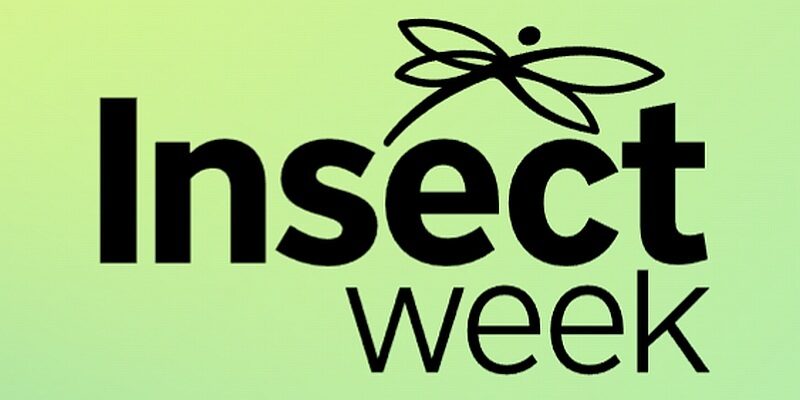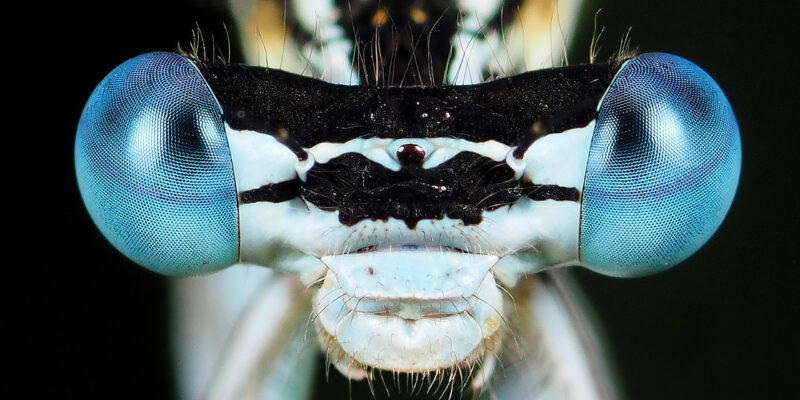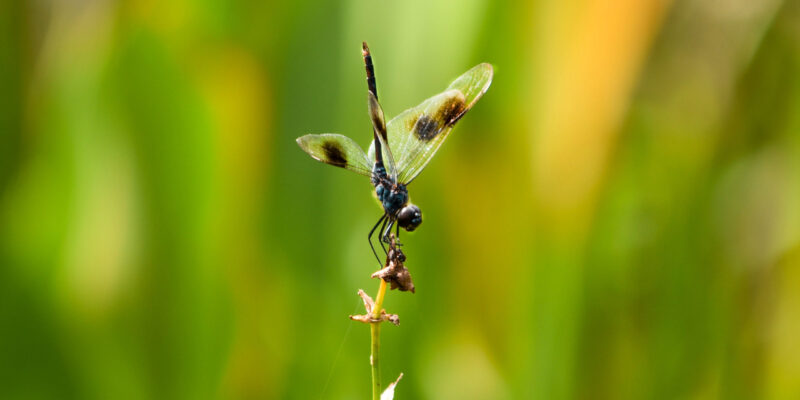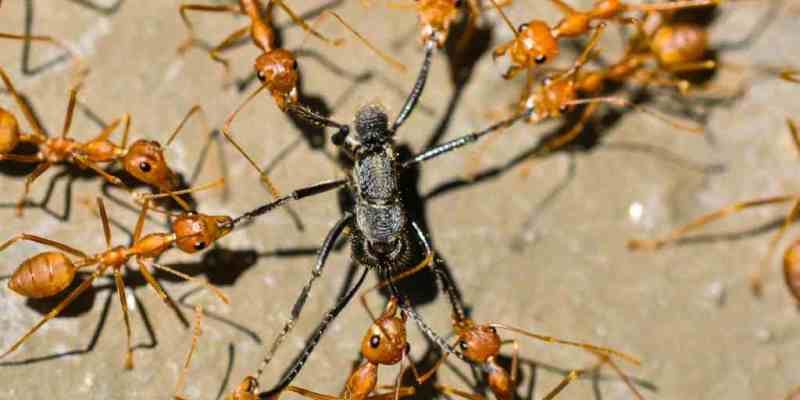Early years
The Society was founded in 1833 as the Entomological Society of London, the successor to a number of short-lived societies dating back to 1745. Several of the founders were members of a group called the Aurelian Society.
At a meeting of ‘gentlemen and friends of entomological science’, held on 3 May 1833 in the British Museum it was decided that a society should be founded for the promotion of Entomology as a science with John George Children as President. Present at this first meeting were: John George Children, George Robert Gray, John Edward Gray, the Reverend Frederick William Hope, Dr Thomas Horsfield, the Reverend George Thomas Rudd, James Francis Stephens, Nicholas Aylward Vigors and William Yarrell. The Society started to amass a library and insect collection. Several publications were purchased by John Obadiah Westwood on behalf of the Society.
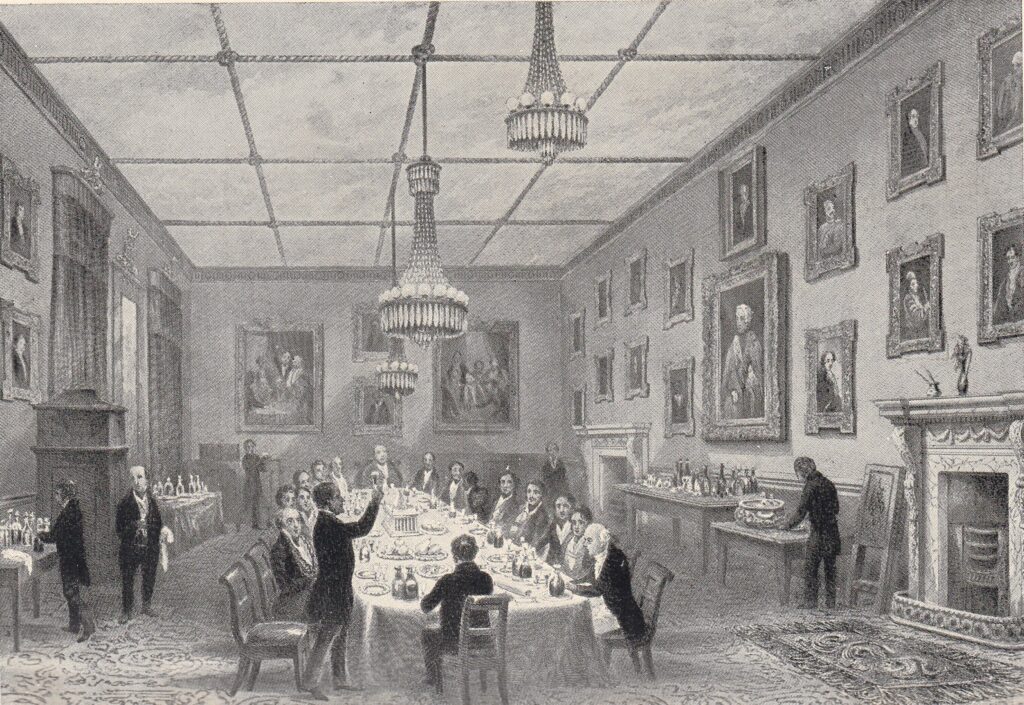
The first general meeting was held on 22nd May 1833 was held in the Thatched House Tavern, St. James’s Street, with 16 members present and J. F. Stephens in the chair. It soon moved to a more permanent home; two rented rooms at 17 Old Bond Street. The entry fee to the Society was set at two guineas, and an annual subscription cost one guinea. Women were allowed membership and had the same rights as the men. The first female member was a Mrs J. Curteis of Tenterden, Kent, who was a member from 1833-1836. The Society was never only British, and 7 eminent overseas entomologists were elected as Honorary members: Alexandre Lefebvre, Dr Frederick Klug, Prof. J.L.C. Gravenhorst, W. de Haan, C. R. Weidemann, Victor Audouin and C.E. Hammerschmidt.
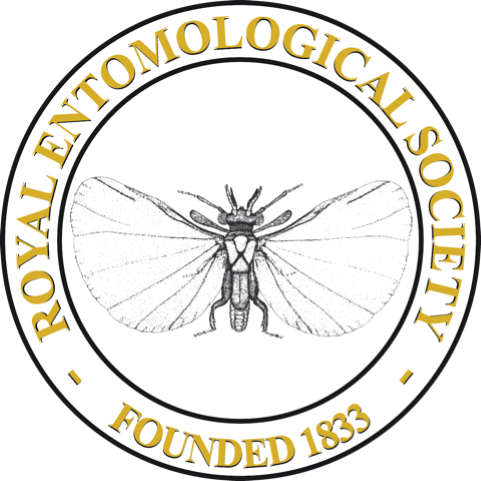
William Kirby was made Honorary Life President and Stylops melittae (then known as Stylops kirbyi) was adopted as the society’s symbol. Kirby was responsible for classifying the Strepsiptera as a separate order. The badge remained almost unchanged for almost 190 years. The seal was first used for a letter by the society to William Kirby, which was signed by the President and 30 members in 1836 to thank him for presenting the society with a cabinet containing his entire insect collection.
The first regular publication of the Society was produced in November 1834 under the title ‘Transactions of Entomological Society of London’. Early contributors of papers to the transactions included members Charles Darwin and Alfred Russel Wallace. When J.R. Children stepped down after two years, it was decided that presidents should be elected every two years, and no president could serve more than one term.
One of the key aims in founding the Society was to form a Library and the founding President, Children was a former Librarian at the British Museum. The library’s 194 books and journals on Entomology and general Natural History were published in the first ‘Transactions’, with new additions listed in the following volumes. The Society also started to build an insect collection. Honorary President Rev W. Kirby donated his entire collection and Charles Darwin later donated insects collected from his voyage on the Beagle. Darwin became Vice-President of the Society in 1838.
In 1852 the Society moved to 12 Bedford Row. Over time, the insect collection, having been somewhat neglected by Honorary Curator E. W. Janson, was in poor condition. The collection of exotic insects was sold at auction in 1858, and the collection of British insects in 1863. In 1875 the Society became tenants of the Medical Society of London at 11 Chandos Street, where the growing Library could be more easily accommodated.
Royal Patronage
In 1885 the Society was granted a Royal Charter by Queen Victoria after which Members became known as Fellows. In the Society’s centenary year of 1933, King George V granted the right to the Society to call itself Royal, and The Entomological Society of London became the Royal Entomological Society of London. Patronage then passed to George VI, then to Queen Elizabeth II.
The 20th Century
The headquarters at 41 Queen’s Gate London, close the Natural History Museum, was bought in 1920, and the Society moved in in 1921 and stayed there for nearly 90 years. Part of the premises were rented to the Imperial Bureau of Entomology. Many improvements were made to the building including, in 1929 an oak panelled meeting room, which was a reproduction of a room originally at Bishops Palace in in Bromley, Kent. Between the wars meetings at the Society averaged 65-70 members, around 10% of the membership. Members exhibited insect specimens, held discussions, and presented papers.
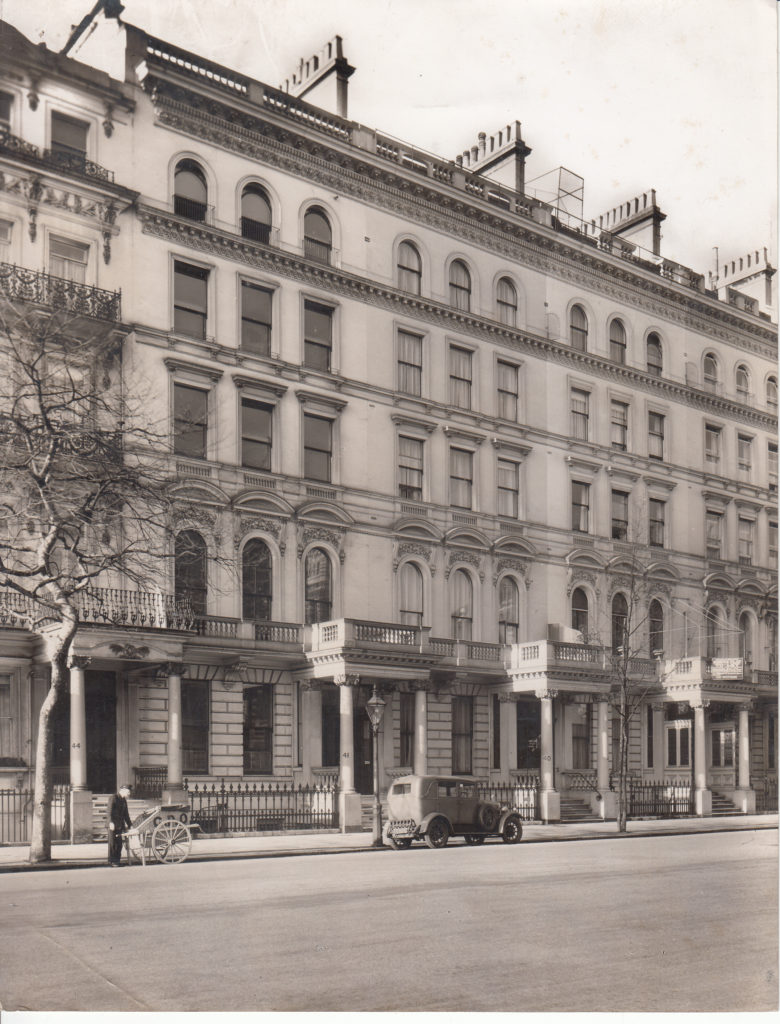
With the outbreak of war in 1939 the rarer volumes from the Library, along with Shakespeare manuscripts and the Magna Carta, were sent to Aberystwyth under the care of The National Library of Wales, as well as other sites around the country. After 1945, the volumes were reassembled in London.
On Thursday 30th May 1985, 200 members of the Society and their guests were given a rare opportunity to meet the Queen in person when she attended ‘A reception to commemorate the Centenary of the Granting of the Royal Charter’ held at London Zoo.
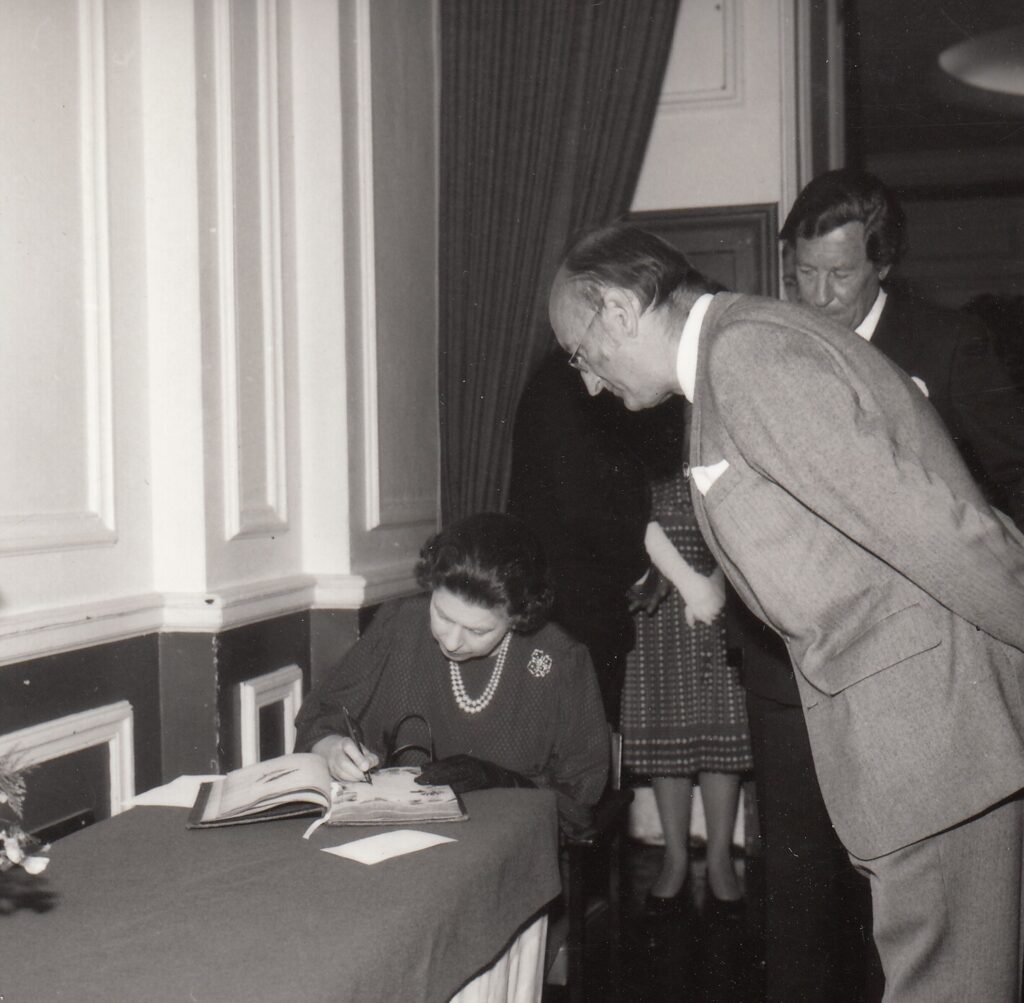
In 1991 ‘Of London’ was dropped from the Society’s name, to reflect the growing number of international Members and Fellows.
Miriam Louisa Rothschild, a world expert in fleas, and a member of the Society for over 70 years, was our first female president, serving from 1993-1994.
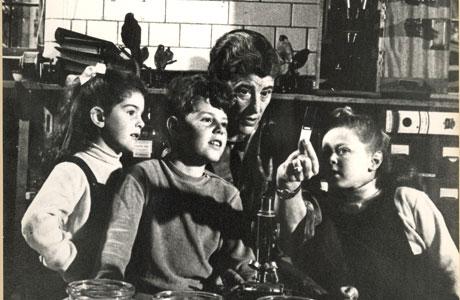
President of the Society (1993-94)
The 21st Century
In 2007, after 90 years at Queen’s Gate, the Society, and its library, including a collection of 1,500 rare entomology books, moved to Mansion House, St Albans, where it remains today.

Library and Archive
The Royal Entomological Society’s Library collections date back to the founding of the Society in 1833. The library currently holds around 12,000 books, covering all orders of insects. The collection includes titles dating from 1609 to the present day, including a rare book collection of about 1,500 pre-1850 entomological works.
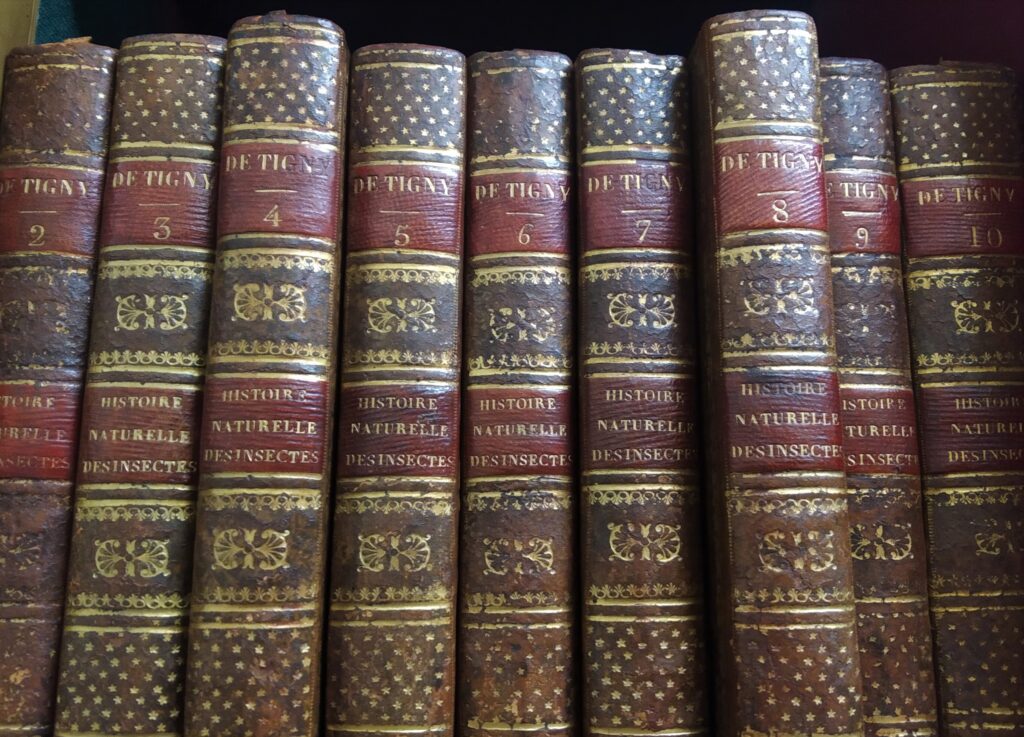

Ento – RES Annual Flagship Event

The Royal Entomological Society holds an annual meeting dedicated to insect science. Attend Ento and join the global entomological community, with chances to showcase your research, meet new contacts and build collaborations wit like-minded peers.
The conference is held in a different UK location each year, and offers an outstanding selection of speakers, topics, and other activities. It’s an ideal opportunity to network and have a great time.

The RES Logo

In 2022, the Royal Entomological Society decided to rebrand, an effort made in line with a new strategy to update the image of the society, facilitate international engagement and focus more on our new vision to ‘enrich the world with insect science’.
Our logo has been crafted from themes of unearthing and exploring. The logo stemmed from the idea of looking at insects as though they were highlighted in a spotlight. The idea of looking at them through a magnifying glass also played a role in how we can learn about them and discover their beauty.
The spotlight theme, looking into the insect world and having them as the core focus needed to be part of the design. The heritage of the Stylops was also a key component of the logo that needed to be retained. It had been crafted to minimize its complexity to work seamlessly across all applications. The final logo is a beautiful graphic representation, using the spotlight as a core brand mark derived from the outer shape of the logo used to retain brand recognition.


